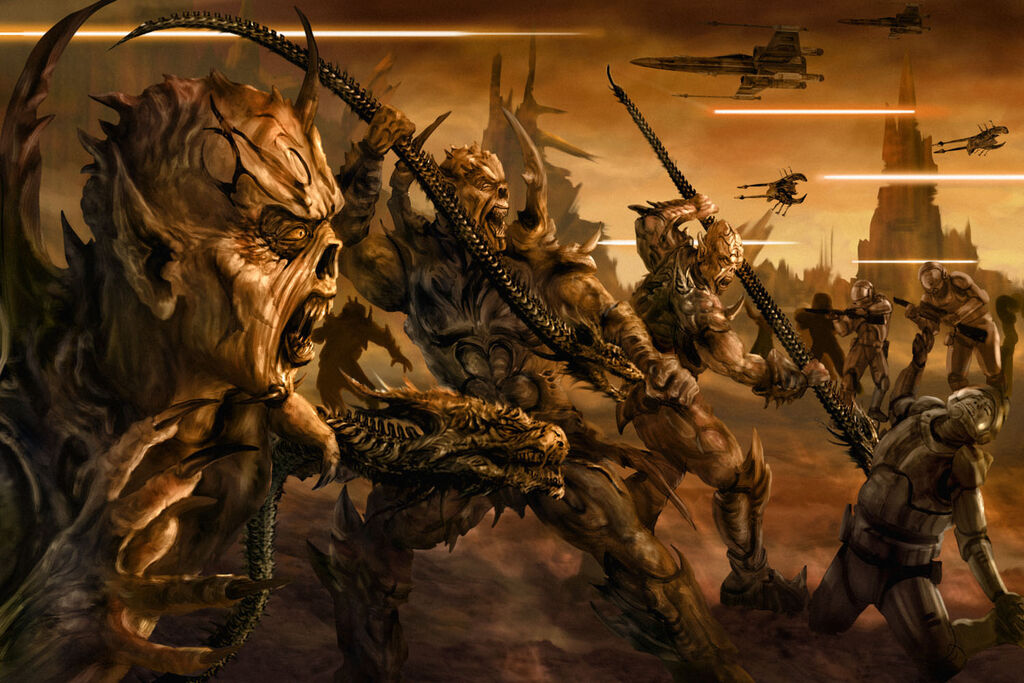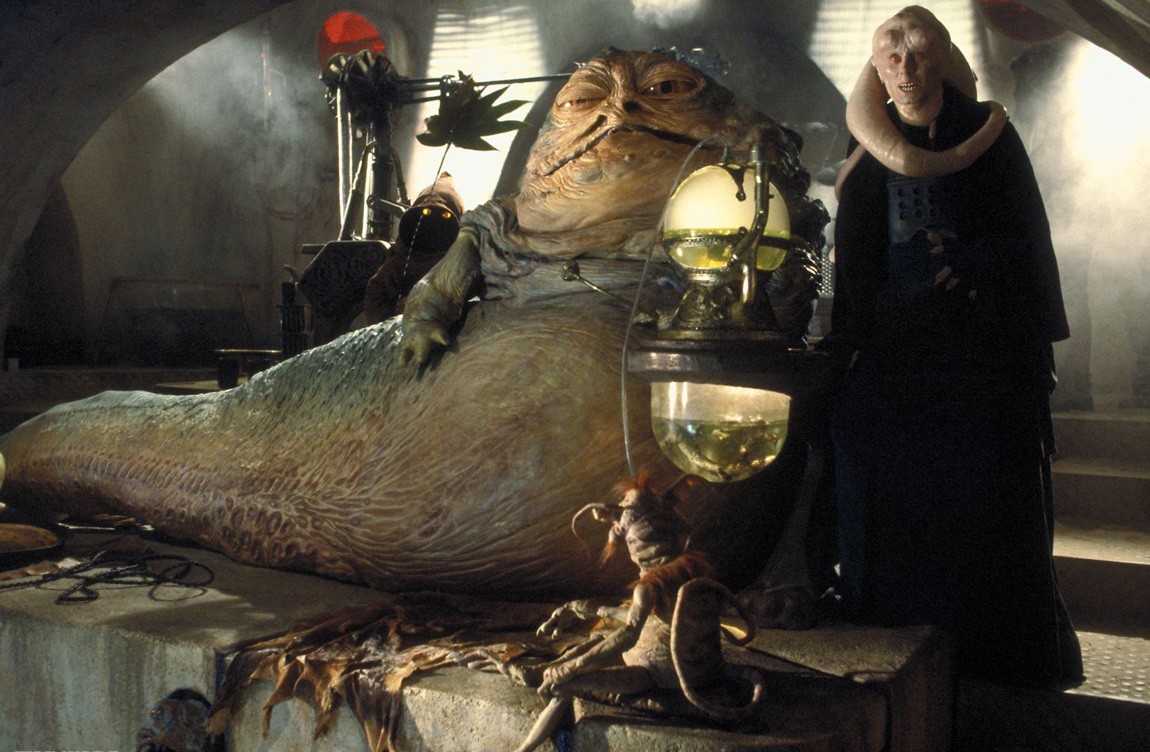
To bring up romance as a genre may summon visions of trite romantic comedies and Harlequin novels with names like The Italian Billionaire’s Pregnant Bride and Reluctant Mistress, Blackmailed Wife. Yet romance has a long and distinguished history. Whether it be the chivalric romances of medieval bards, the theatrical comedies of Shakespeare, the novels of Jane Austen and the Brontë sisters, or classic film romances like Casablanca, stories focusing on romantic relationships have been central to literature and drama throughout time.
Love is a powerful emotion, fundamental to the human experience, and it is no surprise that so many writers have tapped its potency to enrich their stories. Romance as an element stretches well beyond genre walls, and has its presence in nearly every story. Therefore, for this Star Wars and Genre entry, both romance as a genre — stories that focus closely on one or more romantic relationships — and as an element added to other stories will be an important part of the analysis.
In an action-adventure franchise, it is true that room for pure romances realistically would be limited. A distinctively genre novel focused purely on romance, in the manner that Death Troopers and Red Harvest were distinctively “Star Wars does horror” novels, would be possible but would be unlikely to become a model for frequent storytelling. Valentine’s Day tie-ins like the one-shot comic A Valentine Story and the honeymoon short stories Judge’s Call and Corphelion Interlude demonstrate that publishers are willing to put out explicitly romantic material when there is little commercial risk, but publishers tend not to see the market for pure romance stories and space adventures overlapping. This perception is probably not accurate, as the proliferation of romantic fan fiction suggests that the market is real but thoroughly underserved by official outlets, but it seems unlikely that publishers would seek to go “pure romance” as more than an occasional stunt when it is easier, and friendlier to the franchise’s overall image, to integrate romance into traditional adventure tales.
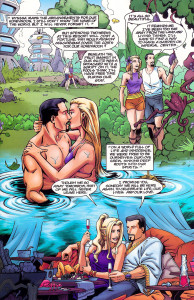
Publishers are not wholly resistant to romance, however. Important and marketable central-character marriages spawned Union and The Courtship of Princess Leia, and an outcry for more focus on main-character relationships generated the dual Han-and-Leia and Luke-and-Mara novels Tatooine Ghost and Survivor’s Quest, respectively. Combined with the recent trend toward genre experimentation, there may well be a “Star Wars does romance” novel in the future. I have always thought that the relationship of Soontir Fel and Syal Antilles would make an ideal romance story: young runaway becomes one of the galaxy’s biggest movie stars, finds a handsome country boy from home in the middle of the Imperial court (who just happens to be an ace fighter pilot and, later, a baron), falls in love, overcomes her angst over her secret identity as the sister of his outlaw fighter-pilot rival to marry him, and lives happily ever after. There is rich emotional material there to explore in Syal’s feelings, and a satisfying arc to their story. It is easy to see how a novel could tap into that and be both compelling romance and identifiably Star Wars story. An attempt at a romance novel might shoot for more recognizable characters — Han and Leia or Luke and Mara would be the most likely targets, followed by Anakin and Padmé — or seek to tap into an “event” in the manner of Union, such as Jaina and Jag’s recent marriage or setting Ben up with his future wife, but the potential for that kind of relationship-centric novel is there.
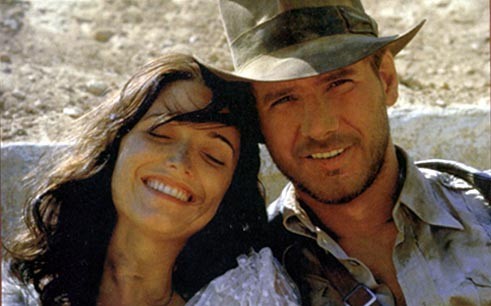
More likely, however, is material that does not focus on a relationship in such depth, but incorporates romance into an adventure story. This is the most common way we see romance in entertainment — whether it be Bogart and Bacall’s characters coming together in the middle of The Big Sleep‘s noir mystery, the love triangle in The Departed, or Indiana Jones flirting with Marion Ravenwood, romance is often a component of a larger story. Both trilogies had their own romance component, and many stories since have incorporated both the romances seen in the films and new relationships between original characters.
These romances are easy to stage; traditionally, two characters meet during the course of whatever action is occurring and fall in love. Wartime compatriots, Jedi on a mission or in training together, a smuggler rescuing a princess or picking up a passenger — the variations are endless, but the setup simple. Writers may want to look into methods of variation in romantic stories — imagine a story in the vein of a medieval romantic epic, about a Jedi Knight whose boyfriend is captured by pirates whom she must chase across the galaxy. Her thoughts about him could drive flashbacks to the earlier days of their relationship, while her commitment to him might be tested by the stress of her quest or a handsome warship captain aiding her search.
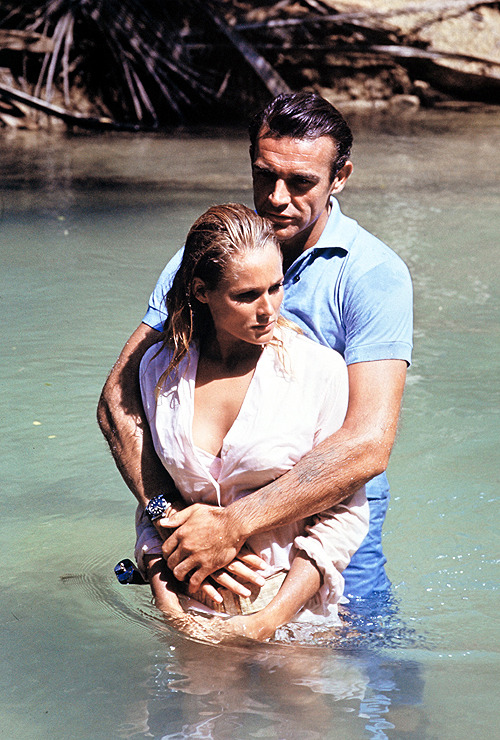
The greatest challenge facing Star Wars romances, though, is not lack of variety in format; it is shallowness. Too many stories treat romance superficially rather than placing it as an integral component of the story and digging into it. Too often, the common convention of the lead character’s romantic interest is treated so routinely as to be almost perfunctory. Call it Bond romance — as seen in so many Bond movies, it’s taken as sufficient to justify a romance that the male lead be handsome, the female lead be beautiful, and they be in the same story. Little thought is given to making the relationship itself compelling, realistic, or genuinely romantic in the sense that it would evoke romantic feelings in the audience. Luke, for example, had a long string of brief romances due to the women who kept falling for him, but most of them were not particularly well-developed relationships. No one is going to remember the depth of his feelings for Tanith Shire, and Protagonist A finding Pretty Lady B attractive won’t keep genuine romance alive in the Expanded Universe.
It is the deep, strongly developed, lasting romances that readers remember and that genuinely add to the story, transcending the trope of the love interest or damsel in distress. It is these sorts of relationships that writers and editors should be looking to focus on more.

The X-wing series offers a solid model for romantic subplotting. The series created multiple relationships of different natures, treated female characters as important and fully developed them rather than pigeonholing them as love interests, used the relationships to raise issues relevant to the narrative, explored the emotions and attitudes of the characters, and delved into the functioning of the relationships rather than treating them superficially. The relationships were treated as an important part of the whole. Corran’s love for Mirax was part of who he was, and he devoted considerable thought and self-reflection to it. Gavin and Asyr’s interspecies relationship reflected the difficulties of bridging differences within a couple, inspired resistance from Borsk Fey’lya, and affected the decisions they made about their lives. Tyria Sarkin and Kell Tainer’s love exposed the shallowness of so many fictional romances when Tyria rejected Kell’s initial superficial infatuation and waited for his feelings to blossom into a genuine and intimate person-to-person connection. Wedge and Iella’s long flirtation was often interrupted by life events, culminating in an extremely cathartic scene in which they finally spoke openly about their feelings and the hurt they had caused each other before Wedge worked up the courage to reject excuses and overcome that pain. The result of this serious and thorough treatment of romance and emotional depth was a slate of strong romances that moved readers to invest in them and remained an important part of the Expanded Universe.
Many stories end with the blossoming of a romance, but in an ongoing franchise like Star Wars, romance cannot simply end at the altar. Keeping the romantic element alive beyond the courtship can be a challenge, but the Expanded Universe should make an effort to continue the romances of its main couples. Relationship storylines can get at emotions and romantic feelings even after the first blush. The New Jedi Order did a reasonable job of keeping romance alive in its main couples by giving each of its married couples relationship storylines. Luke and Mara came together to battle Mara’s illness, helping put their marriage front and center, then conceived, bore, and began raising a son, moving their marriage into a new phase. Han and Leia’s relationship was strained by Han’s grief over Chewbacca’s death, allowing for exploration of difficulty in a relationship and for their reconciliation and bonding, especially as they then shared the burden of their son’s untimely death and came out with their marriage stronger than ever. The couples got plotlines that emphasized them as couples and brought their feelings for each other to the fore.
From Han and Leia, through Anakin and Tahiri, down to Revan and Bastila, romance has been an important component of Star Wars stories. It deserves fair, full, and thoughtful treatment as a major element of the universe, and creators looking to expand the boundaries of Star Wars’ “genre” offerings could do much worse than attempting a Star Wars romance novel. They might be surprised at how many fans would respond.


